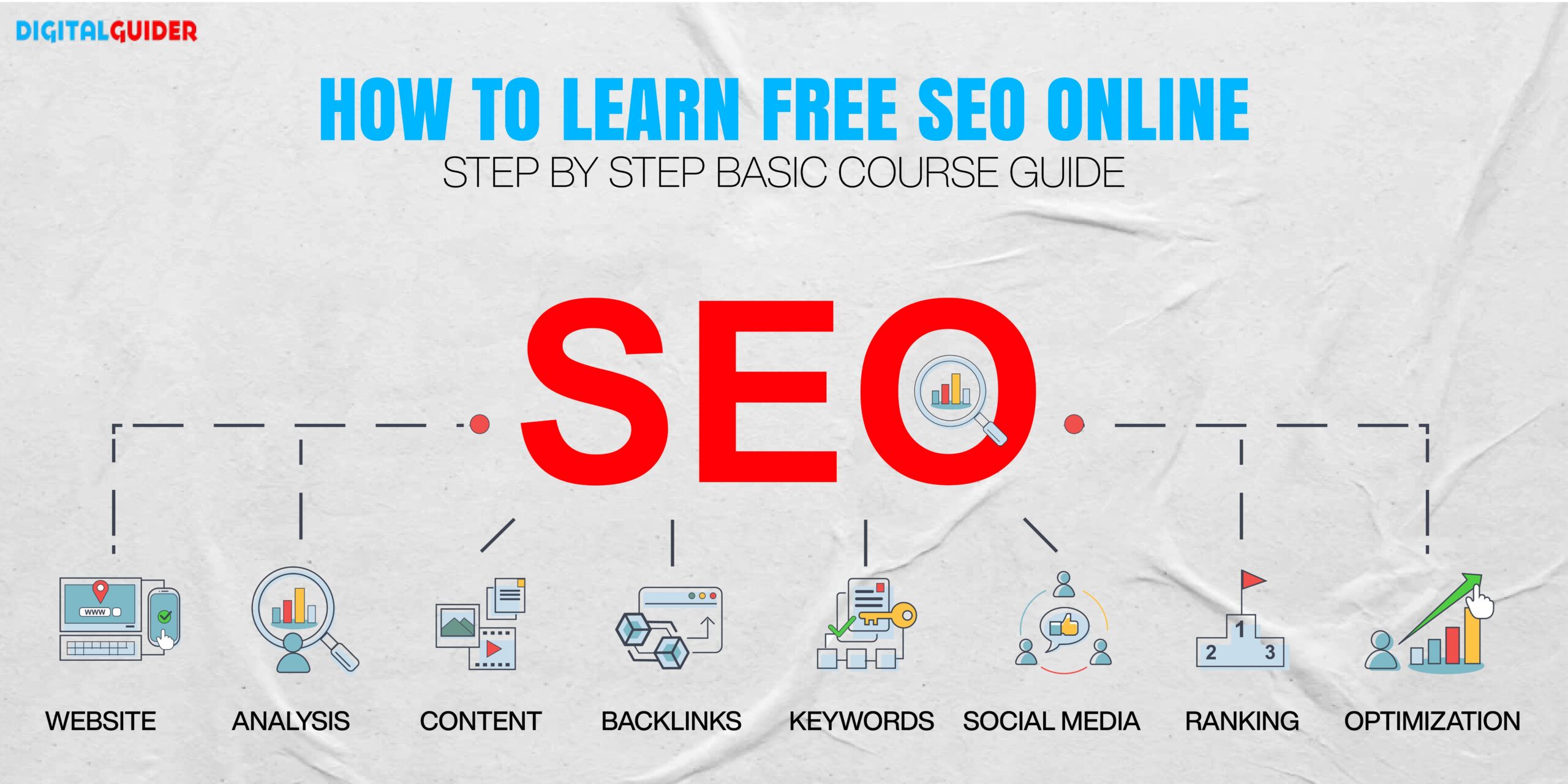Revealing the Unconventional Mediums in Google Analytics Beyond Default Setups
In the world of electronic analytics, Google Analytics stands as a cornerstone for companies looking for to comprehend their on the internet presence. By venturing past the surface area and delving into the intricacies of social media information, email project performance, recommendation traffic sources, direct web traffic patterns, and personalized network collections, a treasure chest of details waits for those willing to embrace an extra nuanced technique.

Leveraging Social Media Insights
Sometimes overlooked, yet exceptionally valuable, is the method of leveraging social networks insights within the realm of Google Analytics. By incorporating information from systems like Facebook, Twitter, Instagram, and LinkedIn right into Google Analytics, organizations can obtain a deeper understanding of their target market and the efficiency of their social networks campaigns.
Via this integration, online marketers can track and evaluate individual actions on their site that stems from social media sites systems. They can determine which social media sites channels are driving the most traffic, which material is resonating with the target market, and which campaigns are converting one of the most leads. This insight permits data-driven choices to optimize social media methods and boost total advertising performance.
In addition, by integrating social media understandings with Google Analytics, companies can produce much more targeted and customized projects - what is not considered a default medium in google analytics. They can use group info, rate of interests, and on-line actions collected from social networks to refine their target market division and supply tailored messages that resonate with specific client teams. This targeted method can bring about greater interaction, boosted conversions, and eventually, boosted roi
Uncovering Email Project Efficiency
Revealing Email Project Efficiency includes analyzing essential metrics and efficiency indicators to evaluate the performance of email advertising efforts. When diving right into email campaign performance, it is essential to assess metrics such as open rates, click-through rates, conversion rates, and unsubscribe rates. Open rates show the percentage of receivers who opened the email, offering insight right into the performance of subject lines and sender names. Click-through rates determine the percent of receivers who clicked web links within the email, showing interaction levels. Conversion rates track the percentage of receivers that completed a preferred action after clicking on a link in the e-mail, such as authorizing or making a purchase up for an e-newsletter. Unsubscribe prices highlight the number of recipients that chose out of obtaining additional e-mails, dropping light on email material quality and relevance. By evaluating these metrics, online marketers can fine-tune their e-mail advocate far better engagement and efficiency.
Analyzing Recommendation Traffic Resources
After examining the efficiency of email campaigns via vital metrics such as open prices and conversion rates, the following essential action is assessing recommendation traffic sources in Google Analytics to recognize where web site visitors are coming from and how they communicate with the site. Recommendation website traffic sources refer to the internet sites that direct users to your site through clickable web links. By diving right into this data, businesses can acquire understandings right into which external platforms are driving website traffic to their site, whether it be social networks systems, partner internet sites, or online directories.
It assists organizations recognize high-performing referral sources that contribute dramatically to site traffic and conversions. Google Analytics supplies comprehensive records on recommendation website traffic, enabling organizations to track the performance of each recommendation source properly and make data-driven choices to boost their online visibility.
Checking Out Direct Traffic Patterns
Discovering the direct website traffic patterns in Google Analytics supplies beneficial understandings into user behavior and the effectiveness of projects - what is not considered a default medium in google analytics. Direct web traffic describes click this visitors that land on a web site by directly keying the URL into their web browser, making use of book marks, or clicking untagged links. Recognizing direct website traffic patterns can assist marketing professionals assess the influence of offline advertising and marketing initiatives, brand recognition, and the effectiveness of word-of-mouth recommendations
By diving into straight traffic data, organizations can discover essential details about user intent and brand loyalty. Examining the behavior of direct visitors, such as the pages they check out, the time invested on website, and the conversion rate, can give a much deeper understanding of user engagement and the general effectiveness of the site in converting visitors right into consumers.
Moreover, tracking direct web traffic patterns with time enables businesses to recognize fads, seasonality impacts, and the success of details campaigns or promotions in driving straight visits. This info can then be used to improve marketing approaches, maximize site web content, and improve the general user experience to make best use of conversions.
Utilizing Custom Channel Groupings
Making use of customized network groups in Google Analytics permits businesses to categorize and analyze their internet site web traffic based upon particular requirements, supplying useful understandings for enhancing advertising approaches. Custom channel collections make it possible for business to produce their own personalized groupings of website traffic sources, such as social media sites, natural search, e-mail projects, and recommendation website traffic. By specifying these groupings, companies can obtain a deeper understanding of exactly how various advertising networks add to their web site web traffic and conversions.
This feature is specifically beneficial for businesses with diverse marketing techniques throughout numerous platforms. A business running both paid and organic social media campaigns can separate between the 2 to examine their specific efficiency properly. Additionally, custom-made network groups can help determine any type of ignored or taken too use this link lightly website traffic resources that may be driving valuable engagement.
Conclusion

By venturing beyond the surface area and diving into the details of social media information, email campaign efficiency, recommendation website traffic resources, straight web traffic patterns, and personalized network collections, a treasure Read More Here trove of information waits for those ready to accept a more nuanced approach. They can determine which social media networks are driving the most traffic, which content is reverberating with the target market, and which projects are converting the most leads.After examining the performance of email campaigns via key metrics such as open rates and conversion rates, the following vital action is examining referral traffic resources in Google Analytics to understand where site site visitors are coming from and just how they engage with the site. Customized channel collections allow business to produce their own personalized groups of web traffic sources, such as social media, organic search, email projects, and referral web traffic. By leveraging social media insights, discovering email campaign efficiency, examining referral website traffic resources, discovering straight traffic patterns, and using custom network collections, marketers can gain beneficial understandings right into their on-line presence.